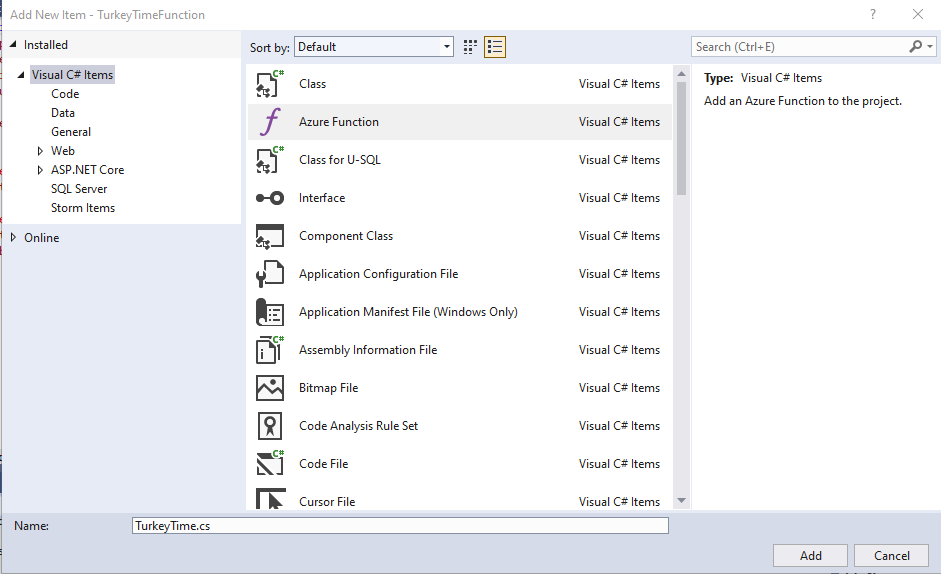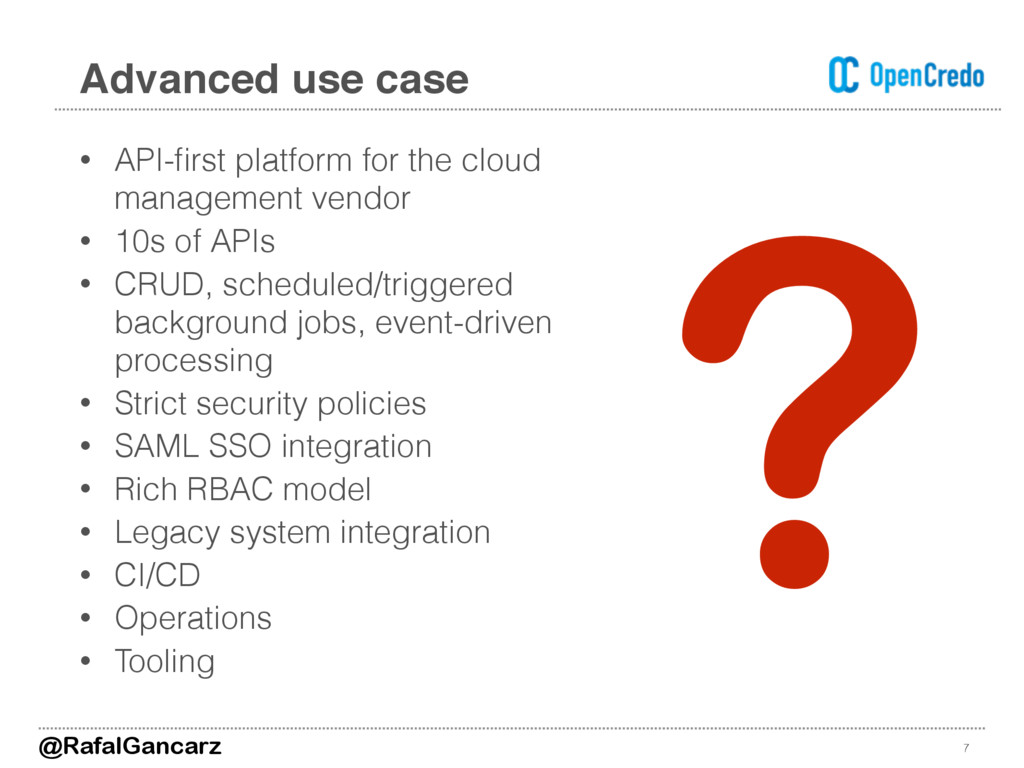

- #Serverless naming camelcase how to
- #Serverless naming camelcase registration
- #Serverless naming camelcase code
Plus, if I ever remove my service and then redeploy, I'll get a new random domain.įinally, the path is odd as well - /dev/hello includes my stage as well as my actual page. My domain is impossible to remember ( .com). It's nice how easy this is to get a production API endpoint, but this still isn't ideal. If I change to the /goodbye endpoint, I'll get the Goodbye, world! response. I can visit that in my browser:Īnd I get my Hello, world! response.

In the example above, my hello function is available at. This includes the API Gateway domain where you can trigger your functions. Once the deploy is finished, you will see the Service Information output.

Run sls deploy to send your function to production: $ sls deploy It says that the hello function will be triggered on the /hello path of your API Gateway, while the goodbye function will be triggered on the /goodbye path. This serverless.yml file configures the functions to respond to HTTP requests. Create a serverless.yml file with the following contents: # serverless.yml service: serverless-http provider: name: aws runtime: python3.6 functions: hello: handler: handler.hello events: - http: path: hello method: get goodbye: handler: handler.goodbye events: - http: path: goodbye method: get Now, let's connect them with a Serverless service.
#Serverless naming camelcase how to
We've created two simple functions, hello and goodbye, to demonstrate how to write HTTP handlers in Serverless. In a clean directory, add a handler.py file with the following contents: # handler.py def hello( event, context): This example is in Python, but any runtime will work.
#Serverless naming camelcase code
If you don't have that, you can use the code below. Create your serverless backendīefore you go any further, you should have a Serverless service with at least one function that has an HTTP event trigger. Your certificate is ready to go! Move on to the next step to create a custom domain in API Gateway. Once you do that, the certificate will change to an "Issued" status. Click the link in the email to confirm issuance of the certificate. The registered owner of your domain will get a confirmation email from AWS. At this point, the certificate will be in a "Pending validation" status. After you confirm, it will say that a confirmation email has been sent to the registered owner of the domain to confirm the certificate. This is the only region that works with API Gateway.Īdd the domain name you want, then hit Review and Request. Note that you'll need to be in region us-east-1. Once you have your domain, request a new certificate with the AWS Certificate Manager. If you don't have a domain yet, you can purchase one through Route 53.
#Serverless naming camelcase registration
If you have a domain that's registered with a different registrar, you can transfer registration to Route 53. Best of all, it's free!įirst, make sure you have the domain name in your Registered Domains in Route 53. You may manually upload your certificate to Amazon, but I find it easier to use AWS Certificate Manager to handle my certificates. If you already have a certificate issued, skip to the next section.ĪPI Gateway requests must be served over HTTPS, so you need to get an SSL/TLS certificate. The steps below walk through setting up a certificate for your domain. You should also have your desired domain name registered through AWS. To get started, you'll need the Serverless Framework installed. Check out the next post to configure multiple Serverless services on the same domain name for maximum microservice awesomeness. This post is the first in a two-part series. In this guide, I'll show you how to map a custom domain name to your endpoints. Further, these hostnames will change if you remove and redeploy your service, which can cause problems for existing clients. However, using AWS API Gateway results in odd hostnames for your endpoints. With Serverless, it's easier than ever to deploy production-ready API endpoints.


 0 kommentar(er)
0 kommentar(er)
